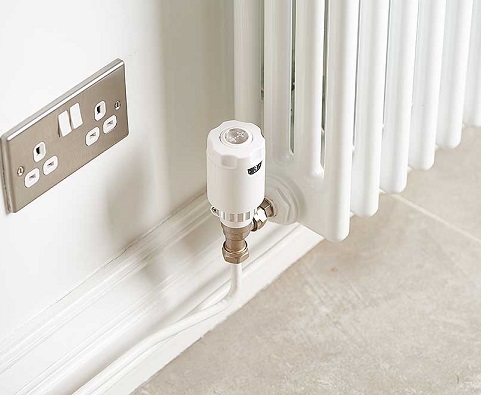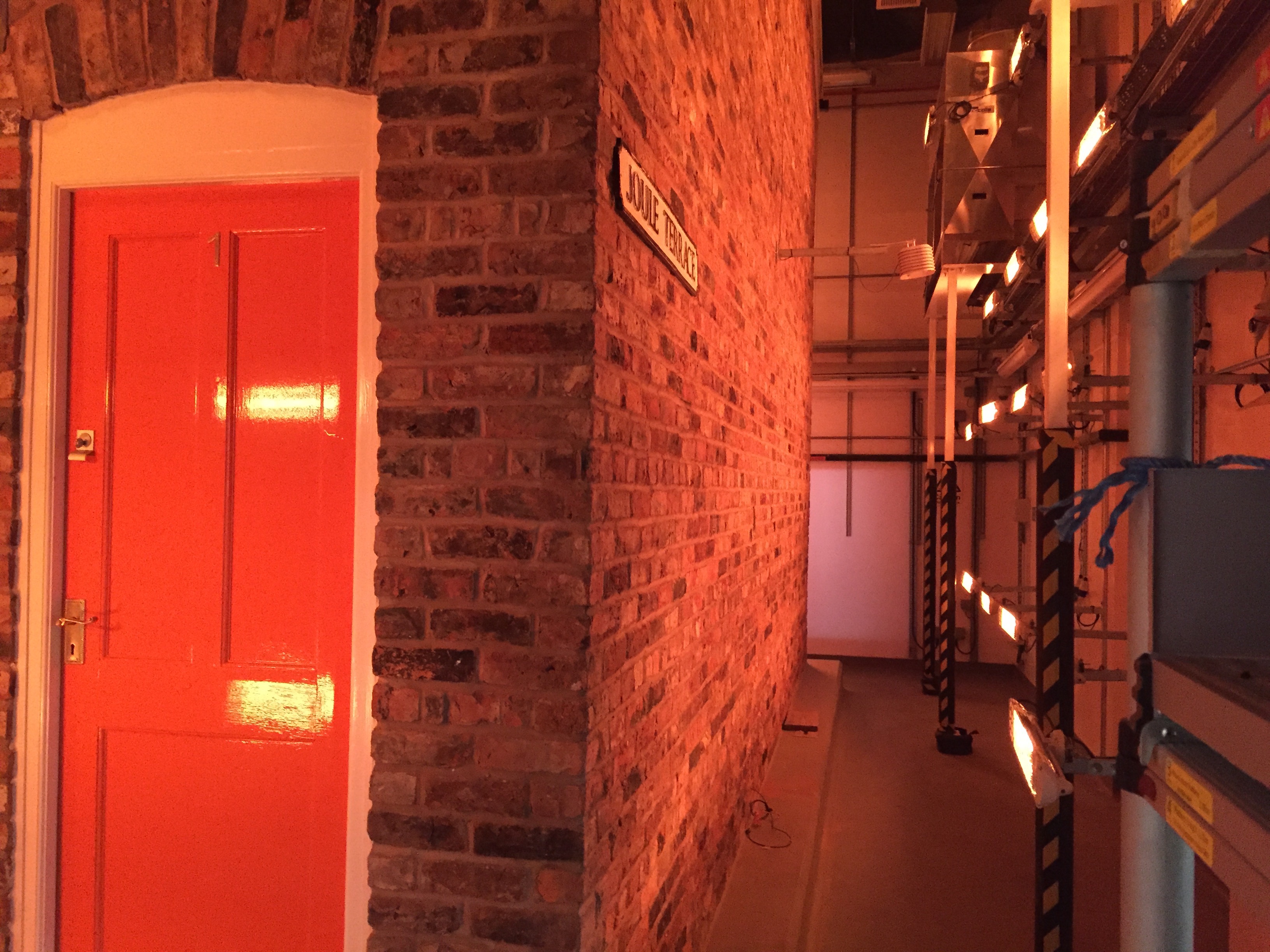Radbot inventor, Damon Hart-Davis, explains why keeping it simple should be front of mind as the industry develops smart heating technologies
Smart tech is proliferating in our everyday lives, from watches that make calls to light bulbs you can control from your phone. But is there a difference between what consumers think they want and the right types of technologies for their lifestyle?
The pinnacle of smart technologies is those that make their lives easier, not more complicated. So, when designing a new solution there’s a balance to be struck between offering the latest trends in data and Artificial Intelligence, and the actual amount of ‘smart’ technology required to get the job done.
A matter of control
When choosing a heating control options vary in terms of automation, comfort optimisation, and cost and carbon savings. The ability to control the technology is often also important and will depend on each user’s style.
On the other side of the coin there is user preference, influenced by comfort, engagement and tech-knowhow. With a range of variances to account for, it’s unlikely we could develop a one-size-fits-all smart device, but if we’re to come close, what do we need to consider?
Comfort is subjective
Comfort is technically quite challenging to address. First, it is entirely subjective, but it is also subject to humidity, radiative temperatures (from surfaces around us) and drafts, along with other environmental factors like the weather and building fabric.
Men and women tend to prefer different temperatures but the same may also be true for other householders such as the elderly, infirm and infants.
Geography and the weather are factors
Internal and external environments, can also play a big role in what type of technology is appropriate. Not all ‘smart technologies’ are suitable for leaky properties, where the heating system struggles to keep up. But on the flip side a lot of UK housing stock has been improved as a result of progressive living standards.

Damon Hart Davis
Back in the 1960s government’s recommended space heating standards were a respectable 18.3⁰C in living and dining areas, but a chilly 12.7⁰C in the kitchen! Today thermostats are typically set between 21⁰C in living areas and 18⁰C elsewhere.
The way we use our heating differs from country to country too. In the UK many residents turn their heating off overnight, whereas in northern European countries where winter is harsher, residents set their temperature back a few degrees instead to avoid pipes freezing overnight.
So, what can be optimised?
Occupancy is one variable that lends itself well to being optimised. Many existing market offerings monitor occupancy levels on a whole-house basis, yet AI driven room-by-room management takes it up a level. To prove the concept, Vestemi recently undertook product testing for its smart radiator thermostat, Radbot, at the University of Salford’s Energy House, a full sized two bedroom terraced house built inside a climate controlled research facility.
The research indicated that in a typical 24-hour period bedrooms were unoccupied for about 80% of the time that they were being heated, presenting a significant opportunity for savings with the right technical solution in place. Radbot was fitted to the Energy House’s radiators and over the following few days it observed occupancy patterns to build up a profile of room usage.
Unlike other occupancy-based solutions such as programmable zoned heating, which fall foul of changing usage patterns and poor programming, new innovations such as Radbot’s monitor usage in real-time and adapt to suit the user.
When simple is smart
Minimal user engagement is the beauty that underpins real-time, occupancy-based solutions. But in today’s world where user control is marketed as king, can such a sleek and minimally invasive solution do the same job? Absolutely. In fact, the premise is that it does such a good job the user doesn’t need to intervene, it will almost always be on when you need it, and, if it isn’t, then there’s a simple override.
Smart radiator thermostats learn new occupancy patterns through observation and offer a room-by-room solution without the need to navigate complex programming. So, while many people think they want a flashy app, what they’ll actually benefit from is a simple piece of AI that tunes their heating for them, saving both money and carbon.
AI technologies in general are all around us, from the stop-start function in our car to the way many of our smart phone apps operate to tailor our experience. Yet the future for smart energy is all about keeping it simple, designing products where the user comes first, and the smart aspect comes second. Smart radiator thermostats are a solution for everyone, striking the balance between enough automation to make a difference, without compromising on comfort or the ability to offer users control.
The author of this blog is Damon Hart-Davis
Comment on this article below or via Twitter: @IoTNow_OR @jcIoTnow
Leave a Reply